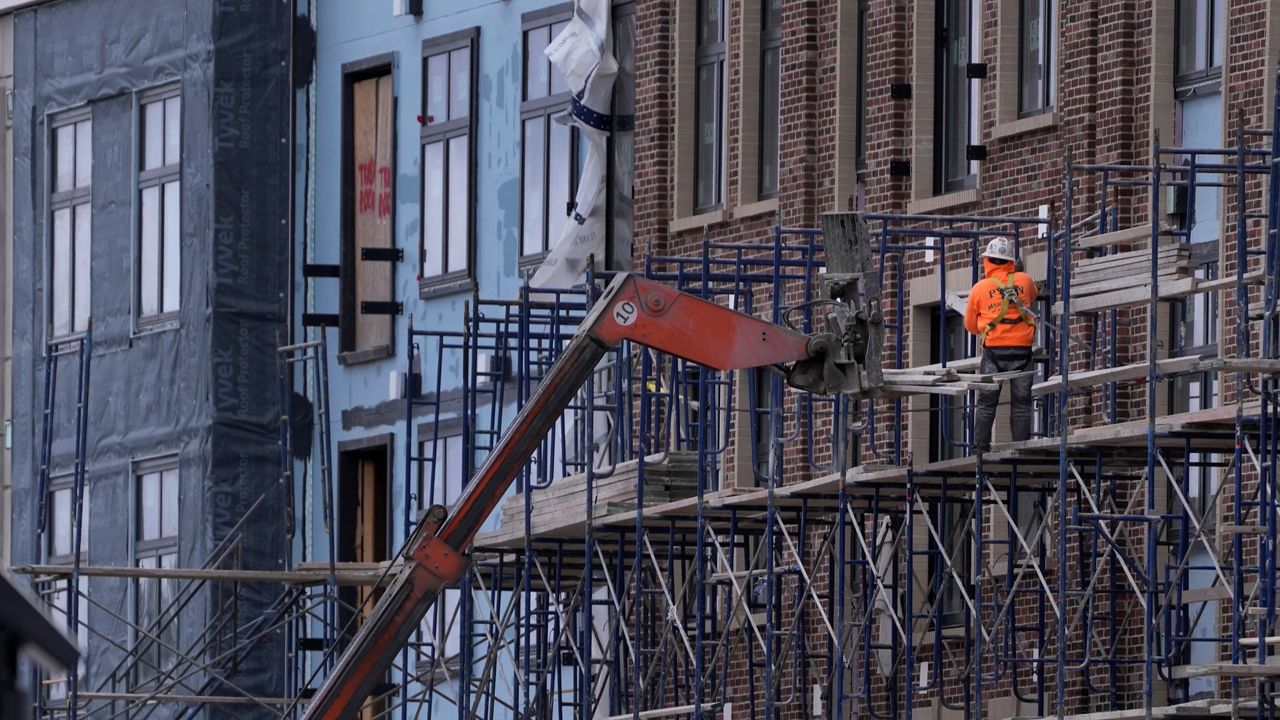LOS ANGELES — Los Angeles City Planning proposed a new program Tuesday that could streamline the conversion of commercial properties into housing. The Citywide Adaptive Reuse Ordinance aims to speed up the repurposing of underutilized or historically significant buildings to help ease a housing affordability crisis that’s exacerbating attempts to combat homelessness.
“Los Angeles needs more housing that Angelenos can afford,” Mayor Karen Bass said in a statement announcing the new program. “Adaptive reuse development can help bring much-needed housing online throughout the city.”
Los Angeles has allowed so-called adaptive reuse since 1999, but it was restricted primarily to downtown. In its first 15 years, the program yielded more than 12,000 housing units — many of them in converted bank buildings. Expanding the program citywide, the department plans to make such conversions available in all parts of Los Angeles and to happen more quickly by easing regulations.
The citywide program would provide a faster review process for the conversion of existing buildings and also expand the age of properties that are eligible to those that are at least 15 years old. Even younger buildings could also be approved, though they would need special approval. Only buildings constructed before July 1974 were eligible under the old program.
The types of buildings that could be converted are also being expanded. Under the new ordinance, any parking structure or parking area within an existing building could be converted into housing, as can buildings included in the city’s inventory of historic places. The new ordinance would also let buildings keep their existing shells while their insides are transformed into living space to breathe new life into historic structures and the commercial corridors where they’re located.
In addition to creating housing faster, the adaptive reuse program is designed to reduce vacant commercial space. Post pandemic, the city’s office vacancy rate is 26% — the highest ever reported, according to City Planning. Those vacant spaces amount to 44 million square feet that could be converted into much-needed housing.
Converting old buildings could also help the city meet its climate goals. City Planning says it can take as long as 80 years to recover the energy used to demolish, produce, manufacture and transport new building materials.
“Reuse of buildings is a sustainable practice that conserves many of the resources used to build them, reducing greenhouse gas emissions associated with ground-up construction,” LA Director of City Planning Vince Bertoni said in a statement. “By mixing commercial and residential uses and bringing residents and visitors close to jobs and services, conversions can also play a part in improving air quality and reducing the numbers of vehicle trips and vehicle miles traveled.”
City Planning is hosting three webinars in early June to provide the public with an overview of the proposed Citywide Adaptive Reuse Ordinance. It will then revise the ordinance based on feedback and present it to the City Planning Commission for consideration and review by the LA City Council’s Planning and Land Use Management Committee.



